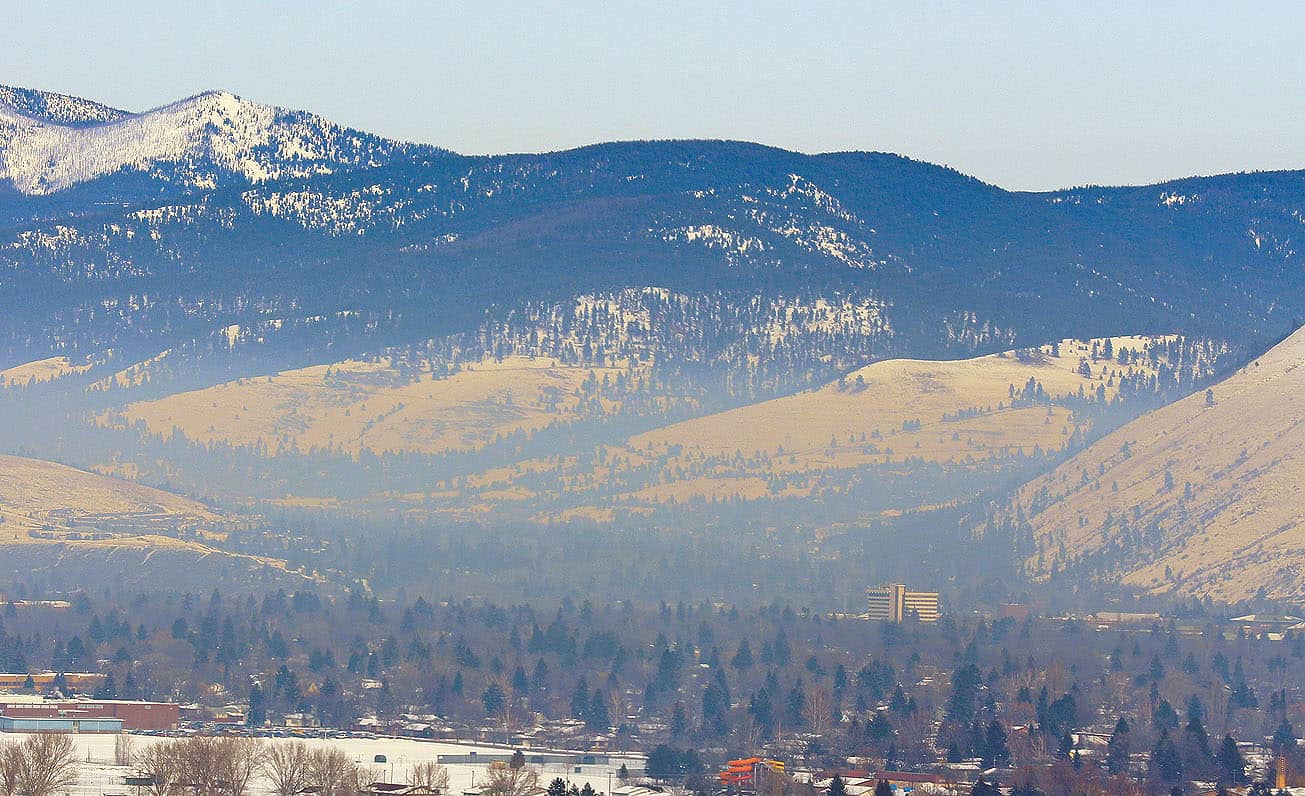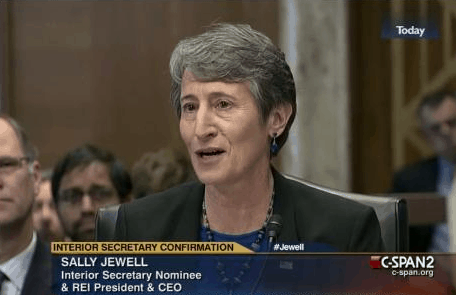Posted on behalf of an Anonymous Contributor:
1. FORESTS:
Hastings releases draft bill to revive timber harvests, sets hearing
Phil Taylor, E&E reporter
Published: Wednesday, April 3, 2013
House Natural Resources Chairman Doc Hastings (R-Wash.) today released a draft bill to significantly increase timber harvests on national forests, part of a Republican push to wean Western counties off federal aid under the Secure Rural Schools program.
Hastings also announced his committee will hold an April 11 hearing to discuss his bill and five others that also seek to boost timber harvests on federal lands and reduce the threat of wildfires. They include a draft measure by Oregon Reps. Peter DeFazio (D), Kurt Schrader (D) and Greg Walden (R) that aims to resolve decades of conflicts over management of 2.4 million acres of timberlands in western Oregon, a measure they have pushed for more than a year.
Hastings’ bill, the “Restoring Healthy Forests for Healthy Communities Act,” comes more than a year after the committee passed an earlier version of his bill, H.R. 4019, requiring the Forest Service to vastly increase the revenue it generates from forest projects (E&E Daily, Feb. 17, 2012). That bill, which never passed the House, also aimed to transition counties off Secure Rural Schools payments.
Secure Rural Schools for more than a decade has allocated billions of dollars to counties dependent on federal timber whose economies suffered as a result of declining timber harvests in the 1990s. It was extended for a year as part of a transportation package last summer, but its future is fraught with political uncertainty.
While counties may receive 25 percent of the revenue generated from federal timber, current harvest levels would provide significantly less than Secure Rural Schools.
Hastings said the federal government for nearly a century had provided rural communities a stable revenue stream through active forest management.
“The federal government’s inability to uphold this promise and tie our forest lands up in bureaucratic red tape has left counties without sufficient funds to pay for teachers, police officers and emergency services; devastated local economies and cost thousands of jobs throughout rural America; and left our forests susceptible to deadly wildfires,” Hastings said in a statement. “This draft proposal would simply cut through red tape to allow responsible timber production to occur in those areas and make the federal government uphold its commitment to rural schools and counties.”
The new Hastings bill contains some substantive changes from his earlier proposal.
Namely, it would require the Forest Service to designate one or more “Forest Reserve Revenue Areas” on each of its units, where, beginning next fiscal year, it would be required to harvest at least half the amount of timber the forest grows annually, which is known as the sustained yield.
Also, while the previous bill would have exempted projects from the National Environmental Policy Act and Endangered Species Act, the new bill keeps those laws intact, with key exceptions.
Under the bill, projects would have to be authorized under an environmental assessment that analyzes only the proposed activity and does not consider the impacts of future foreseeable activities. The reviews also could not exceed 100 pages and must be completed within 180 days.
Certain projects authorized in response to, or to prevent, wildfires, and those that are less than 10,000 acres, would be permitted through a categorical exclusion exempting them from full NEPA review, the bill states.
The bill also specifies how impacts to endangered species are to be considered and how interagency consultation should take place.
If last Congress is any indication, the bill will raise significant concerns among environmentalists who say NEPA and ESA are critical to ensuring impacts to wildlife and their habitats are fully disclosed. The bill would also significantly increase harvests above current levels, which will undoubtedly raise red flags for some.
Sen. Ron Wyden (D-Ore.), who authored Secure Rural Schools and will be instrumental in its extension or reform, last Congress opposed Hastings’ proposal to set minimum harvest quotas.
New week’s hearing will also discuss H.R. 818, by Rep. Scott Tipton (R-Colo.), and H.R. 1345, by Rep. Paul Gosar (R-Ariz.), which both seek to streamline forest management to reduce the threat of severe wildfire. It will also include H.R. 1294, by Rep. Raul Labrador (R-Idaho), which would designate “community forest demonstration areas” on federal lands that would be managed by state-appointed boards.
And it will consider a proposal by Rep. Ed Markey (D-Mass.) aimed at reducing the risk of insect infestations, soil erosion and catastrophic fire.


